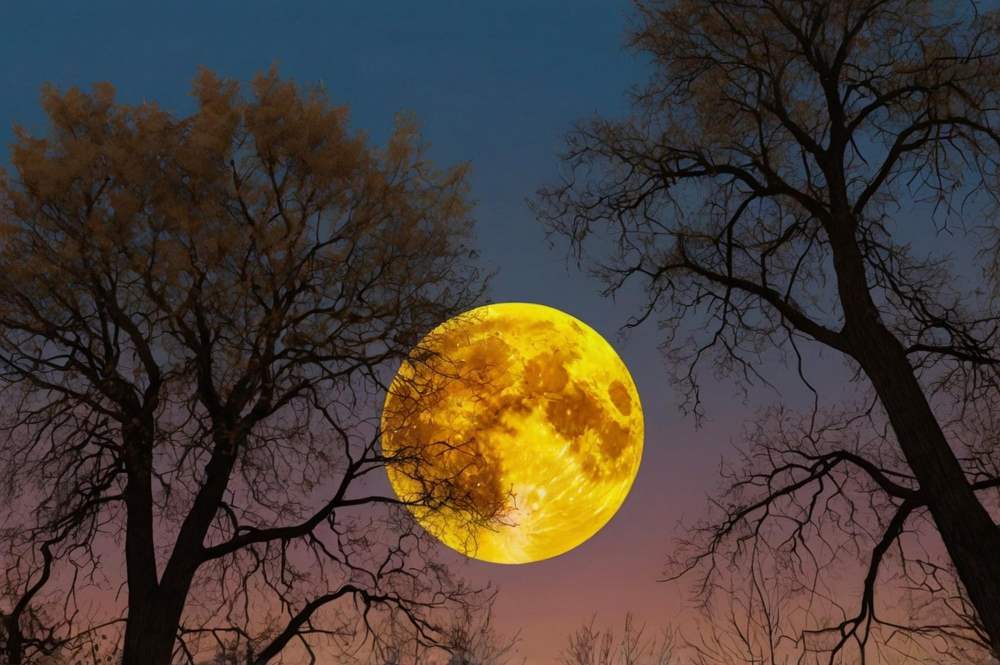Although supermoons are more common than the name might suggest, they offer insights into the laws of perspective, the Earth’s tides, and our solar system. Here’s everything you need to know about supermoons, including which ones are truly rare and when you can see the next one in 2024.
What Is a Supermoon?
A supermoon occurs when a full or new moon is at or near its closest point to Earth in its orbit, known as perigee. Because the Moon’s orbit is elliptical, its distance from Earth varies, averaging between 363,300 km (at perigee) and 405,500 km (at apogee), according to NASA. These distances can fluctuate from orbit to orbit, sometimes exceeding these averages.
The term "supermoon" was introduced by astrologer Richard Nolle in 1979, defining it as a new or full moon that occurs when the Moon is within 90% of its closest approach to Earth in a given orbit.
What Happens During a Supermoon?
A supermoon leads to a few key events: slightly stronger tides, widespread media coverage, and occasionally, a total solar eclipse.
1. Tidal Effects: When the sun, moon, and Earth align during a full or new moon, the result is higher high tides and lower low tides, known as spring tides. If this alignment occurs when the Moon is at perigee, the tidal variation is slightly more extreme—about 5 cm (2 inches) more than typical spring tides.
2. Supermoon Hype: Supermoons often generate a lot of media buzz, but they’re a regular occurrence. For example, several full supermoons in a row might sound extraordinary, but it happens every year. Astrophysicist Neil deGrasse Tyson humorously commented during the July 13, 2022 supermoon that, while it was 8% larger than an average full moon, this difference is like comparing the size of a 16-inch pizza to a 15-inch one.
3. Total Solar Eclipse: Occasionally, a new supermoon aligns perfectly with the Sun, creating a total solar eclipse. During such an event, the Moon is large enough to completely block the Sun. However, a supermoon isn’t always necessary for a total eclipse, as seen during the August 2017 eclipse.
When Is the Next Supermoon?
In 2024, the new supermoons occurred from January to May, but the full supermoon season will begin in late summer.
